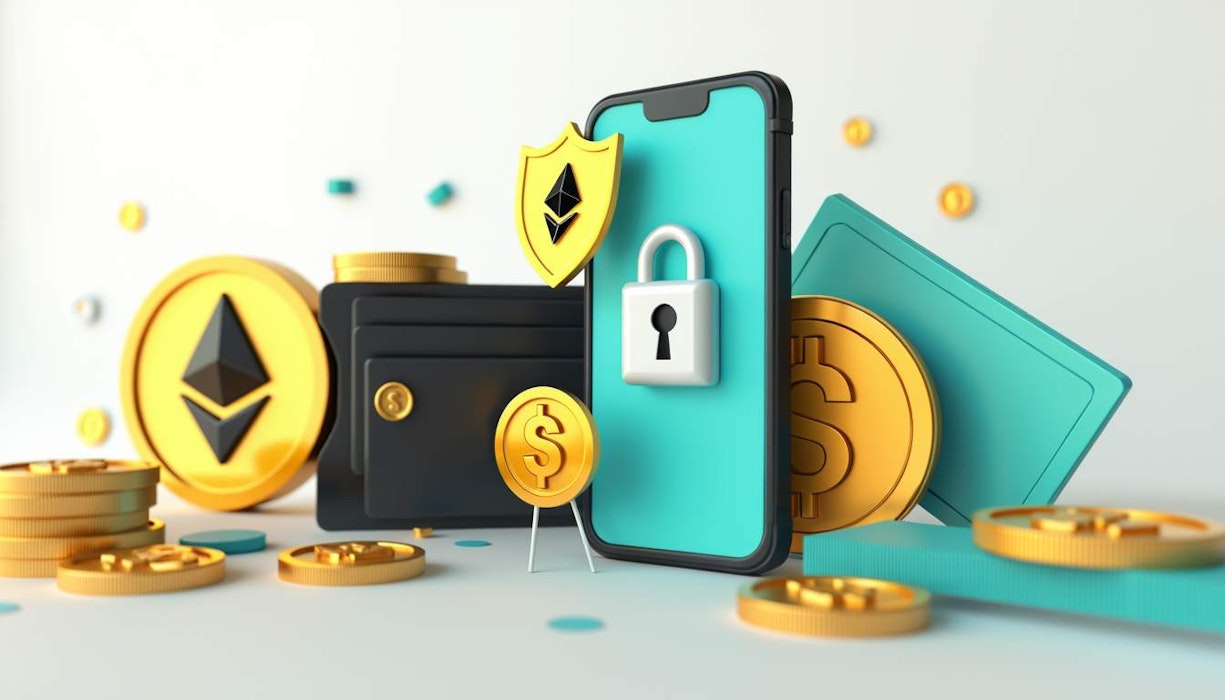The world of cryptocurrency is undeniably captivating, but it carries hidden risks. Phishing scams are on the rise, taking advantage of the weaknesses in crypto accounts. Let's delve into how these scams function and explore crucial methods to protect your digital assets. Staying alert is key to shielding your investments from the constantly changing dangers in the crypto landscape.
Understanding Phishing in Crypto Exchange Accounts
Phishing scams exploit the most vulnerable aspect of crypto—human oversight. With the increasing acceptance of cryptocurrencies like Bitcoin and Ethereum, the sophistication of phishing attacks targeting crypto exchange accounts is also ramping up. These scams typically manifest as fake websites, emails, or social media messages that look legitimate but aim to deceive users into divulging their confidential details. Once scammers acquire this information, they can access and transfer the user's crypto assets without a trace.
Uncovering the Recent Phishing Scheme in Crypto Exchange Sites
Recently, on-chain investigator ZachXbt exposed a complex phishing attack that netted a threat actor nearly $500k over a month, targeting over 15 notable X accounts, including Kick, Cursor, Alex Blania, and The Arena. The compromised accounts were utilized to run meme coin scams by acquiring phishing email credentials.
The Mechanics of the Phishing Scheme
The hackers impersonated the official emails of the X team and created a fake copyright infringement scenario to prompt immediate purchases of meme coins from the targets. Users were lured to fraudulent pages where they were redirected to provide new account passcodes, including 2FA codes.
Following the account takeovers, the attacker engaged in meme coin scams, linking all 15 account takeovers (ATOs) via a common deployer address. The stolen funds were then funneled through the Solana-Ethereum blockchain, complicating law enforcement's tracking efforts.
Suggested Security Measures for Crypto Coin Accounts
ZachXBT urged users to strengthen their accounts quickly to mitigate such risks. Here are some essential recommendations:
Don't Reuse Emails
Avoid using one email address for multiple services. This practice minimizes the risk of having several accounts compromised if one email is breached.
Strong 2FA Implementation
Opt for robust two-factor authentication (2FA) instead of relying on SMS code 2FA for critical accounts. Consider using a security key. Traditional 2FA methods, like OTPs, are vulnerable to phishing, whereas phishing-resistant MFA employing technologies such as FIDO2 WebAuthn and biometric authentication provides greater protection.
Validate Communications
Verify the legitimacy of any email, especially those purporting to be from official forums. Phishers expertly craft fake websites and emails that mimic those of trusted crypto exchange sites or wallets, often alerting users to fake security concerns or offering free tokens that lead them to enter private keys or other sensitive information on malicious sites.
Invest in Cybersecurity Solutions
Consider investing in a comprehensive cybersecurity solution that includes application behavior monitoring, high malware detection rates, password entry window protection, and enhanced browser safety when visiting financial sites. Programs like Kaspersky Premium offer these features, including anti-phishing protection, VPN services, and remote access detection.
Maintain Device Hygiene
Ensure that all devices used for cryptocurrency transactions are strictly managed. Install only apps from official sources, stay clear of lesser-known apps with few downloads and reviews, and never use pirated software versions. This approach helps to prevent the spread of malicious applications.
Adhere to Strong Password Practices
Employ long and unique passwords for every platform and service. Store these passwords in an encrypted format using a password manager that syncs across all devices. Utilize two-factor authentication (2FA) with a USB key or mobile app; avoid SMS authentication due to its interception vulnerability.
Conduct Regular Security Checks
Regularly verify if your credentials have been exposed online through hacking or third-party service breaches. Tools like the Data Leak Checker can notify you if your accounts are leaking personal data, such as passwords or crypto wallet credentials, on the internet or dark web.
Protect Your Network
Use a reliable VPN to safeguard against website spoofing and spying, especially when utilizing public Wi-Fi networks. This adds an extra layer of security for handling crypto assets in public places.
Awareness and Training Participation
Get involved in awareness campaigns and training programs, such as the "Fake Coins" campaign, a collaborative effort by the Guardia Civil, 16 Latin American countries, and the European Union. This campaign aids in understanding the scammers' tactics and provides tools to detect and thwart phishing attacks.
Utilize International Resources
Take advantage of international cooperation and resources, such as those available from the Financial Action Task Force (FATF) and regional bodies like GAFILAT. These organizations offer guidelines and support for creating effective legislation, regulation, and enforcement measures to combat cryptocurrency-related financial crimes.
Summary: Staying One Step Ahead of Cyber Threats in Crypto Online Trading
The crypto community must remain vigilant and continue the fight to eradicate scammers' activities. With the current state of security concerns, a solid defense is the only way to effectively counter the rising tide of cyber threats. By adopting these measures, small business owners in Latin America and crypto enthusiasts globally can significantly bolster the security of their crypto coin accounts against phishing attacks. Remain alert, stay informed, and guard your digital assets against the ever-changing dangers in the crypto landscape.
